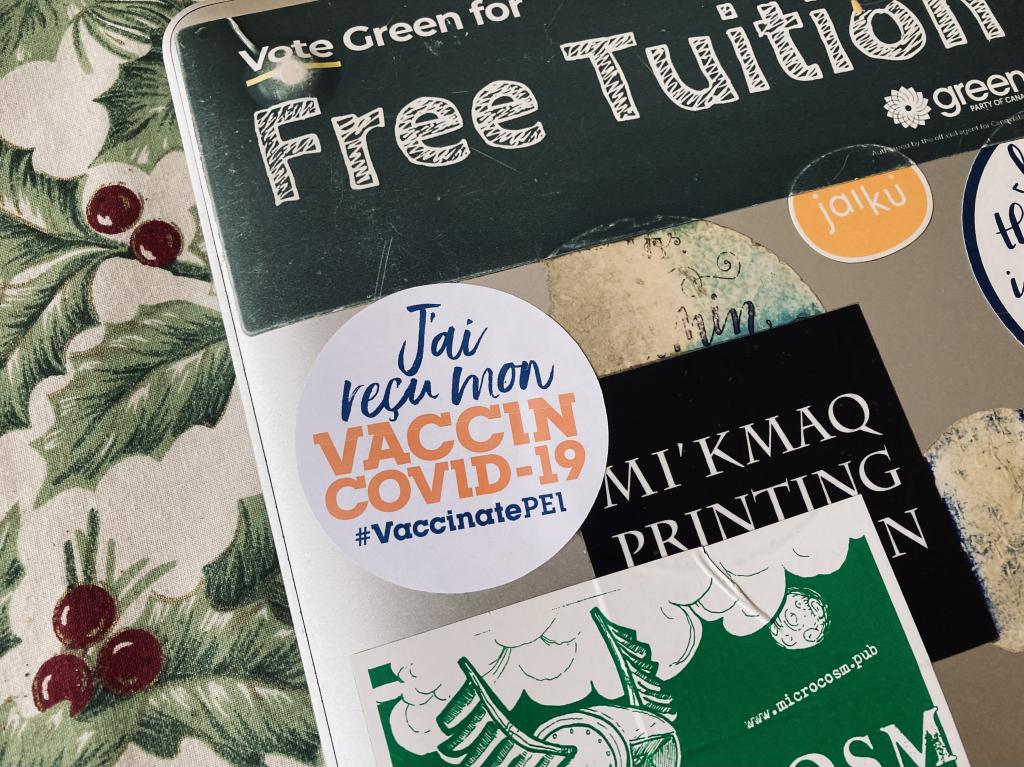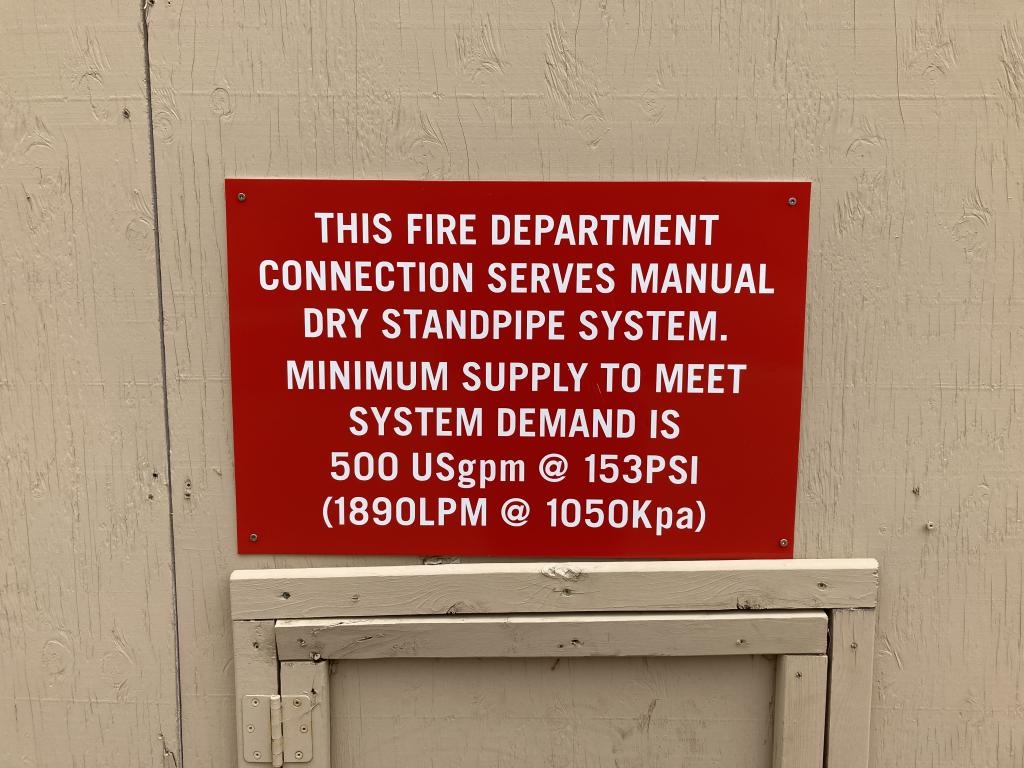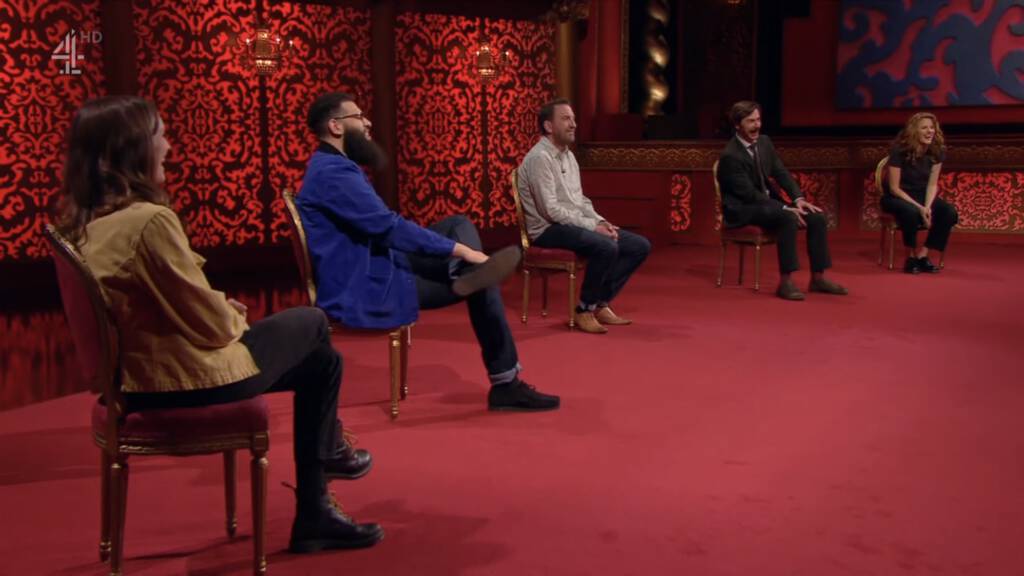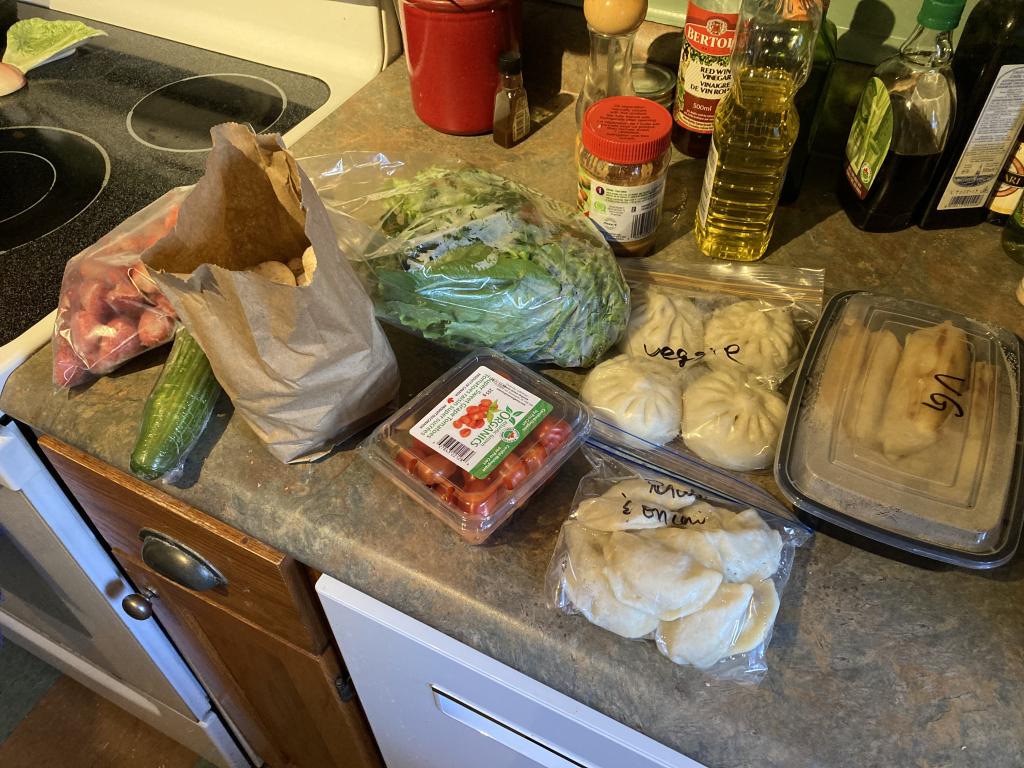A new addition to the back of Oliver’s laptop. We’ve both now received one dose of the Pfizer.

You may recall that MLA Hannah Bell tabled Motion 30, Social Assistance Vision Care, just under a month ago, in the Legislative Assembly of PEI.
From my own District 12 MLA, Karla Bernard, I learned that when motions get called for debate is managed by the party introducing them: each party is allotted, by negotiation, a certain amount of time, and budgeting that time is a complex dance involving other legislative business, the relative importance of various bills and motions, and other factors.
Motion 30’s time to shine finally arrived yesterday, and here is the video of the debate that ensued (original source here):
If you watched until the end, you will know that the bill passed unanimously, and that government, through the Minister of Social Development and Housing, committed to increasing the rates for eye examinations, lenses, and frames once the budget, currently being debated, passes.
There’s many a slip between the cup and the lip, so we don’t know right now the what and the when and the how of this, but the unanimous vote, with support from government members, the opposition, and the third party, must surely help offer momentum.
In conversations with optometrists and opticians in recent weeks, I know how transformative increasing support for vision care will be for many Islanders: the rates have languished for decades at their current level, leaving many with substandard vision.
Kudos to Hannah Bell, seconder Trish Altass, Minister of Social Development and Housing Brad Trivers, and all members of the Legislative Assembly for moving this forward.
By virtue of being in the “older Canadians” cohort—turning 55 has its privileges—I was eligible to receive COVID vaccine dose number one this afternoon.
The Provincial vaccination clinic proved a model of efficiency: I was vaccinated and in the waiting lounge 8 minutes after arriving.
The most exotic aspect of the whole experience was how close Robin, my personable vaccinator, was sitting to me. I’d forgotten what proximity felt like.
My only strategic miscalculation was the decision to ride my bicycle to the clinic: when I headed out it was warm and sunny; by the time I arrived it was windy and raining and I was winded and damp.
Apparently “sometime in the next four months” a robot will phone me to schedule dose number two.
Kudos to science, medicine, politics, and public administration for making this seemingly impossible thing possible.
I was thinking last summer, after having a chat with Michael Stanley while he was tending his garden in downtown Victoria, and then, a few minutes later, running into his father Malcolm going for coffee at Island Chocolates, how it would be a good idea to gather interviews with the children of the late-1960s-early-1970s “back to the landers” here on the Island.
It turns out that scholars Alan MacEachern and Ryan O’Connor already did this, assembling their work, helpfully, in a chapter of an open access e-book, Children of the Hummus: Growing Up Back-to-the-Land on Prince Edward Island.
So now, in addition to listening to Malcolm and Christine Stanley’s reminiscences of their back to the land move to the Island in 1975 (in an earlier project from the same scholarly team) you can read Michael’s:
“The Dixon Road was … my entire life,” says Michael Stanley. His family moved to this well-wooded area in 1980, when he was two, and exploring the woods became his and his sisters’ prime source of entertainment. His father was a potter, his mother a weaver, and the family also raised animals. As a child he helped his mother make cheese and yogurt and bread and pasta. The house, initially lacking electricity and water, was a hippie shack built of recycled barn board; his parents built onto it four times over the years, giving it something of a maze quality. It was filled with objects: books, art, and, in Stanley’s words, basically anything that was homemade, sentimental, or just cool. Of his room he says, “It was pretty typical when I was younger. It was filled with posters of—” (he pauses) “—trees and leaves. Maybe that isn’t so typical!” All in all, he states, “We had an all-encompassing little microcosm in the woods. I didn’t know anything different until I had to go to school, and I realized, ‘Ooh, I’m not like all the other kids around here.’”
We owe much to these generations; it’s good that their thoughts and reflections are being preserved.
What’s a dry standpipe? Wikipedia’s got you covered with everything you need to know.
My own summary: “we built fire hoses right into the building so all firefighters need to do is bring water.”
To give you an idea of the relative amountof water required to energize the standpipe: the City of Charlottetown shower head replacement program will give you a new shower head if your current one emits more than 2.5 gallons per minute of water; the standpipe requires 200x that much water, 500 gallons per minute.

A text message exchange between me and Oliver this afternoon:
Oliver: What is that movie about the Taxi and Music and 💥?
Peter: With Tina Fey and Steve Carrell?
Oliver: No the other one
Peter: Tell me more about the movie?
Oliver: It was about a concert in Ontario
Peter: Roadkill?
Oliver: Yes
Every Saturday night we have Saturday Movie Night at 100 Prince Street, using a complex movie-selecting scheme of Oliver’s devising. I was given license to pick films back in February, but they had to be films that I’d watched in Ontario.
Roadkill, Bruce McDonald’s 1989 tour de force, was one of them. You can watch the trailer here and stream the entire film (in Canada) on CBC Gem.
The British TV show Taskmaster continues to entertain and delight, no more so than the recently-debuted Series 11 (full episodes on YouTube).
One of the magic ingredients of the show lies in the casting: a new group of five comedians (or comedy-adjacent actors) are selected every series.
For Series 11 the cast of Charlotte Ritchie, Jamali Maddix, Lee Mack, Mike Wozniak, and Sarah Kendall is simply pitch-perfect. Interesting in part because, on first blush, it wouldn’t seem to be the case. But each brings something to the table, none is a dud, none a prima donna.

Detail from the “sleep hygiene” circular my family doctor handed me yesterday (emphasis mine):

It took me some time to get used to shopping at the Charlottetown Farmers’ Market online (it was such an intensely social experience for 25 years; it will be again, I hope). But now I’m in. Order Monday, pick up Thursday.
Here’s this week’s bounty: frozen strawberries, cucumber, mushrooms, grape tomatoes, lettuce, stuffed buns, pierogies, spring rolls. A light week, but our larder is now full.

I recently helped the hosts of the Widow We Do Now podcast with a tiny bit of HTML wrangling for their Practical Tips for Early Widowhood page.
One of those practical tips is “Tend Something”:
Find something to care for or tend to. Don’t have kids? What about a pet? What about a plant? Don’t like plants? How about sourdough? Do something for somebody else. It will help you feel like you have some meaning and purpose.
It’s good advice. And, fortunately, with the May 20 last spring frost date coming up quickly, I needed to plant seedlings, so, tada, I’m now a tender of tiny vegetable plants. First to sprout was broccoli.
One of the lovely things to realize, becoming a late-onset gardener, is that I have the awesome resourced of my very-gardening-savvy colleagues at The Old Farmer’s Almanac at my disposal. They’ve proved very helpful so far, telling me, for example, super-obvious things like “how many seeds to plant in each seedling pod.”

 I am
I am